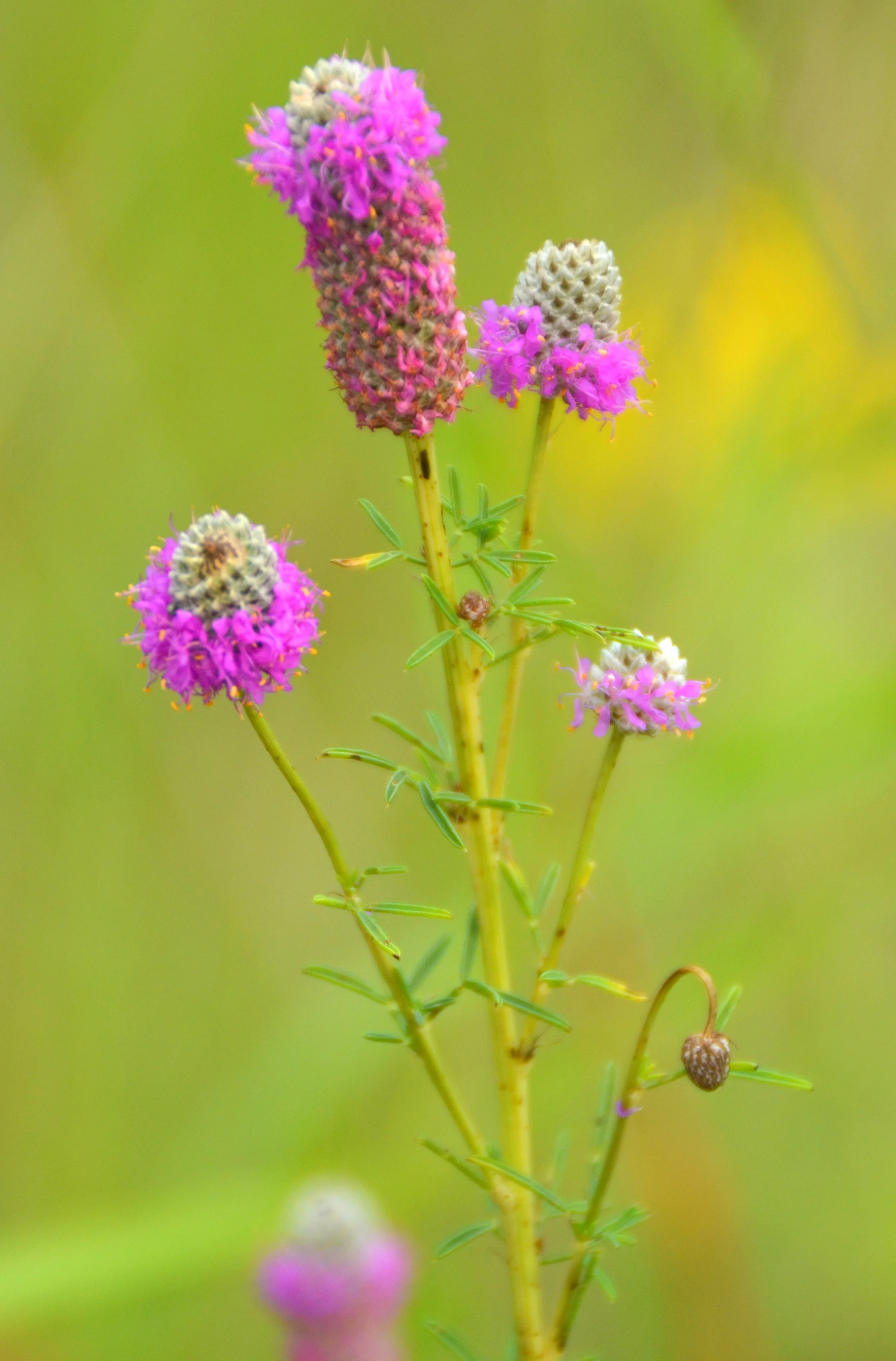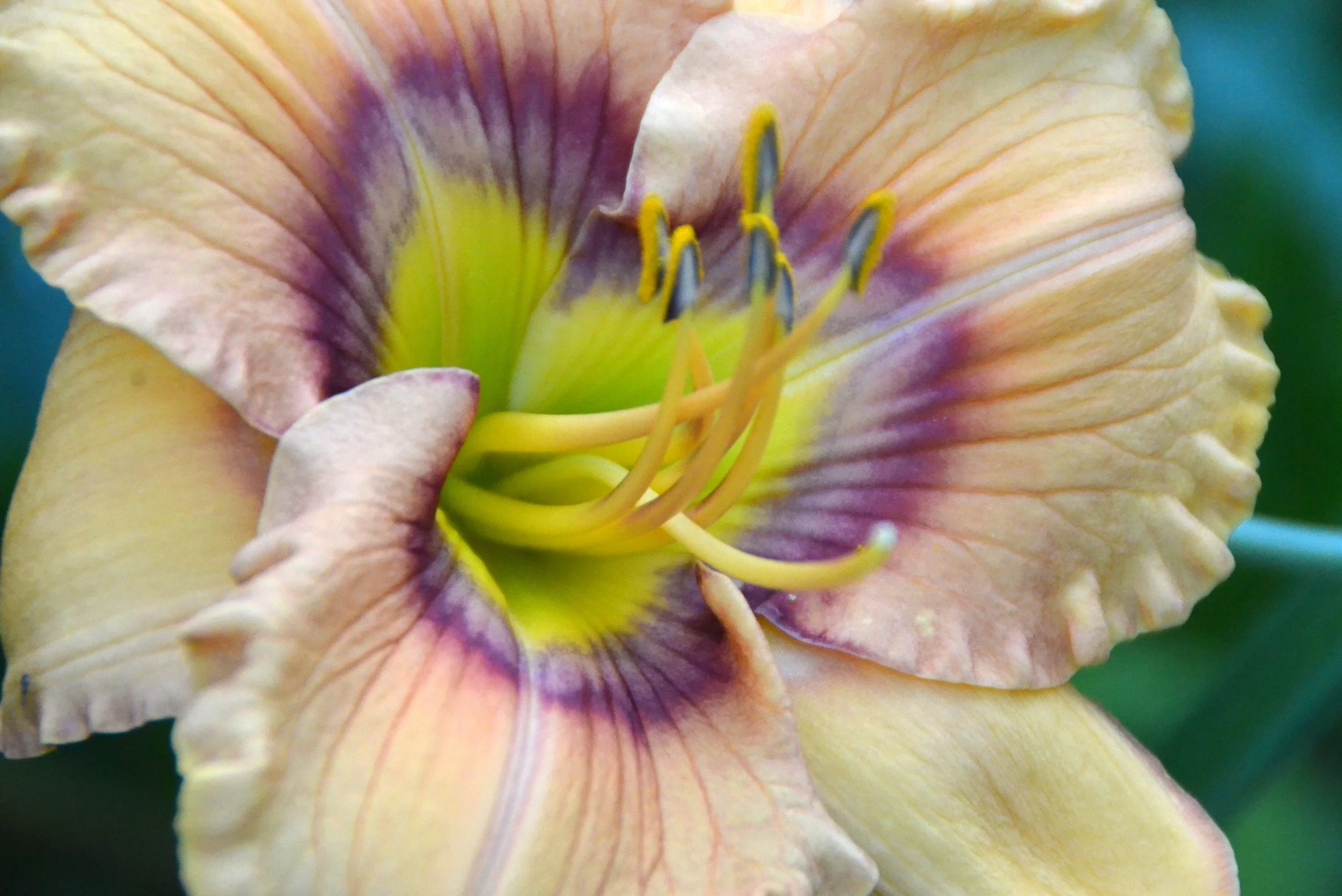Delightful Daylilies
Thrilled to have the opportunity to write about one of my favorite plants for the July, 2025 issue of MKE Lifestyle Magazine
Five tips to get the most out of your annual plants
With Wisconsin’s short growing season, gardeners need to utilize every trick possible to get the best performance out of annual garden plants. My May, 2025 Green Scene article for MKE Lifestyle Magazine
Nature is Amazing
Canadian Ginger (Asarum canadense). In earliest spring this native woodland colonizer produces inconspicuous brown colored flowers at ground level, underneath its lush green foliage. Many plants utilize colorful flowers held high above the foliage to attract pollinators, but Ginger employees a different strategy. Its brown flowers are produced at ground level at about the same time that the snow is melting and revealing the brown decaying corpses of animals that have died over the winter. This ingenious plant is pollinated in part by the beetles and flies that are actively seeking out such things in the early spring! Asarum also has a backup plan, and if not insect pollinated is capable of self pollination. Nature is amazing.
Bloodroot
Bloodroot (Sanguinaria canadensis) is a woodland Wisconsin native. It takes its name from the red sap produced when the root is broken. The large, sage-green, lobed leaves unfurl in spring at the same time that the white flowers, with prominent yellow stamens, appear. The leaves remain attractive until mid-summer, when they disappear into dormancy. Slowly increases to form colonies.
Foolproof Perennials
My April, 2025 Green Scene article for MKE Lifestyle Magazine.
Winged Wonders ~ Gardening for Butterfies
Winter ~ The Forgotten Season
Winter is often the forgotten season in the garden. But look closely and there is interest even in this quietest of seasons. Consider leaving your perennials standing, not only for winter interest but also to benefit the birds who will harvest the seeds and the beneficial insects who will seek shelter in the dried stems and foliage. Deciduous shrubs that require annual pruning can be trimmed either in late fall or early spring. I advocate spring pruning for these plants so that their twiggy forms cloaked in snow or ice can provide some winter interest to the garden scene.
Birdscaping
Como Park Conservatory
The Marjorie McNeely Conservatory at Como Park Zoo & Conservatory in St. Paul, Minnesota opened in 1915 and is the jeweled centerpiece of a large, beautiful, and well utilized public park. The historic conservatory has been a part of the National Register of Historic Places since 1974. It consists of several interconnected greenhouse areas featuring an extensive collection of ferns, orchids, and other tropical plants. An adjacent wing of the visitor’s center showcases an impressive Bonsai collection in celebration of St. Paul’s sister city of Nagasaki, Japan.
The park itself is also home to a small but well maintained zoo and, seasonally, the exquisite Cafesjian’s Carousel.
Eyelash Grass ;)
Blonde Ambition Grass (Bouteloua gracilis 'Blonde Ambition' PP22048). I love this grass! Bouteloua gracilis is a Wisconsin prairie native that goes by the common name Blue Grama Grass. The nativar 'Blonde Ambition' was selected for its chartreuse flowers that age to blonde. These flowers bob and move in the wind in an appealing way on slender but sturdy stems. Seedheads are borne in late summer and remain attractive well into the winter months. Sometimes called "Mosquito Grass" because of the resemblance of the moving seedheads to dainty flying insects. I call it "Eyelash Grass", for obvious reasons.
Easy Care Houseplants
Fall Garden Tasks MKE Lifestyle Magazine
MKE Lifestyle Magazine - Minor Bulbs
Find my article (and photos) about Minor Bulbs on page 66 of the September issue of MKE Lifestyle magazine.
Virgin's Bower (Clematis virginiana)
Virgin's Bower (Clematis virginiana) is a great native alternative to Sweet Autumn Clematis (C. paniculata/terniflora). It offers the same vigorous growth habit and masses of fragrant white flowers in late summer without the concerns of introducing invasive species to our ecosystem.
West of the Lake Gardens, Manitowoc, WI
Visiting this colorful, well maintained, free public garden is like taking a step back in time for a visit with the garden's original owners, Ruth & John. With great generosity and foresight they established a foundation to maintain the gardens as a historic landmark, free for the public to visit. Such a sweet nostalgic feeling to sit on the patio, still adorned with some of Ruth's original houseplants and tropicals, and look out at the spectacular view of Lake Michigan.
Iceberg Alley Sage-Leaf Willow
Spring show of Salix Iceberg Alley/Sage leaf Willow (Salix candida 'JEFBERG'). As the season progresses it develops sage-like silver foliage on a mounding habit to five feet tall. Really a great plant!
Erythronium (Dog Tooth Violet)
Grape Hyacinths (Muscari)
Grape Hyacinths (Muscari) take their name from the grape-like clusters of flowers borne in spring on 3"-6" stems. Blooming in spring and then disappearing into summer dormancy, these bulbs have the unusual characteristic of having their foliage re-emerge in fall. Gardeners can make use of this trait by including a single Grape Hyacinth bulb in each group of bulbs planted. Then, in autumn, when digging in the garden to add more bulbs these solitary Muscari will mark the spots where bulbs are already planted.
Migratory Butterflies
Yesterday morning there were dozens (perhaps hundreds) of these butterflies on my early spring bulbs in the garden (I couldn't get a photo of them en masse as they flew away every time I went out there to try to get a photo). I wondered if they were migrating and.....yes (!), they were. Apparently they are Red Admiral (Vanessa atalanta) and my garden was a stop on their spring northward migration. So exciting!
Red Admiral (Vanessa atalanta) migratory butterfly



















